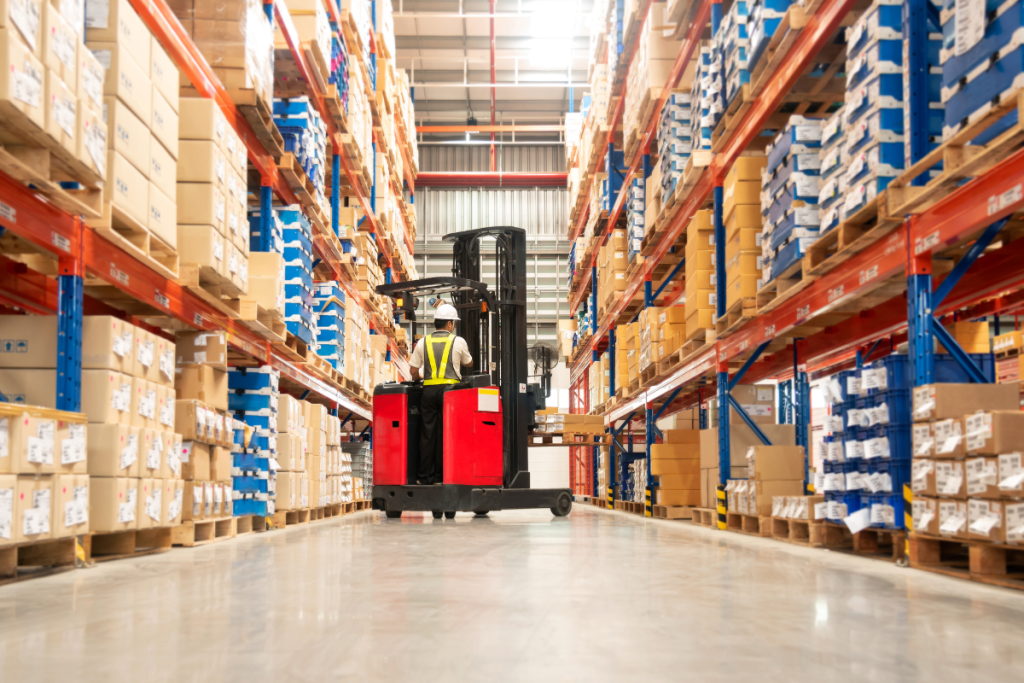Staples is phasing in a new warehouse management system across its U.S. distribution network to improve order accuracy, speed, and automation. The shift is part of a broader strategy to modernize logistics and maintain next-day delivery performance.
Cloud-First Fulfillment Strategy Targets Scale
Staples has implemented Manhattan Associates’ cloud-native warehouse management system at nine of its 36 fulfillment centers, with full deployment expected by the end of 2026. The system is designed to reduce picking errors, improve inventory control, and better integrate with the company’s automation technologies.
The platform will manage operations across Staples’ 12 million square feet of logistics space, which includes 220 delivery locations. The company currently ships 2.5 million units daily and reaches 98% of the U.S. population with next-day delivery.
Chief Supply Chain Officer Ryan Hanson said in an official statement that the move positions Staples to meet growing demands from government, healthcare, and enterprise clients. He emphasized system reliability and uptime, citing the importance of uninterrupted service in mission-critical sectors.
Staples’ legacy systems, according to Hanson, were increasingly difficult to update and integrate. In contrast, the Manhattan platform receives quarterly updates and supports future scaling needs.
Automation, Integration Take Priority
The new system also supports over 2,000 autonomous mobile robots and guided vehicles, with plans to expand its role in managing automated workflows through Manhattan’s embedded Warehouse Execution System.
Staples joins a list of major retailers, including Giant Eagle and Advance Auto Parts, that are replacing outdated WMS tools to keep pace with more complex distribution requirements. The ability to link warehouse systems directly to marketplaces, cross-dock partners, and diverse order sources has become central to performance. For Staples, which fulfills both B2C and B2B orders across multiple divisions, the integration capabilities were a key factor in the decision.
Logistics as Infrastructure
Staples move to a cloud-native WMS illustrates a practical move toward greater flexibility in fulfillment operations. As distribution networks grow more interdependent, serving multiple channels, partners, and customer segments, systems must be designed to accommodate variability without adding friction. The rollout points to a growing preference for systems that prioritize reliability, integration, and adaptability are increasingly foundational to stable supply chain performance.







